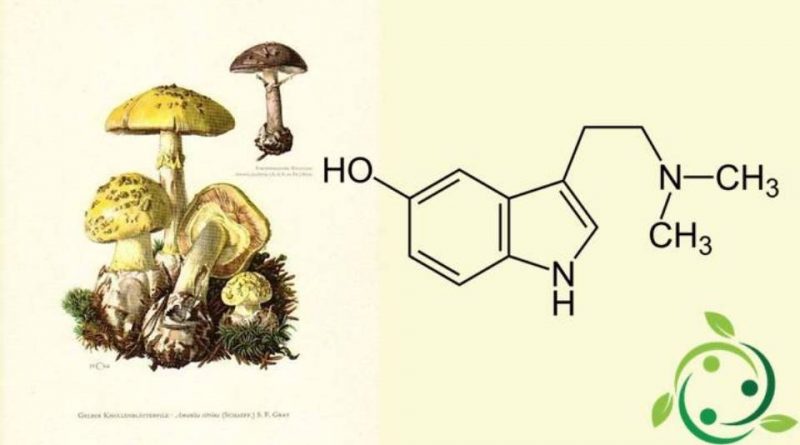Bufotenin
Bufotenin
Bufotenin, whose term in the IUPAC official nomenclature is: 5-hydroxy-N N-dimethyl-tryptamine is a psychedelic substance of natural origin.
Bufotenin is also known by the alternative name of N, N-dimethyl-5-hydroxytryptamine 3- (2-dimethylaminoethyl) -1H-indol-5-ol /> dimethylserotonin and also indicated with the abbreviation: 5-OH-DMT .
Bufotenin is a tryptamine with hallucinogenic effects with brute or molecular formula: C12H16N2O.
In nature, bufotenin has been isolated from the following animal and plant species:
– from the skin of some toads of the genus Bufo;
– from some plants of the genus Anadenanthera;
– from the fungal species Amanita porphyria, Amanita tomentella and Amanita citrina.
The name, which the Austrian chemist H. Handovsky gave him, derives from a genus of toad, the Bufo of the bufonidae family.
Bufotenin, however, can be produced synthetically starting from serotonin, through a dimethylation reaction (so much so that the structure of bufotenin differs from that of serotonin in the presence of two methyl groups, linked to a nitrogen atom) .
The first laboratory synthesis of bufotenin was made by the chemist Toshio Hoshino starting from serotonin, in 1936.
Warning: The information shown is not medical advice and may not be accurate. The contents are for illustrative purposes only and do not replace medical advice.

